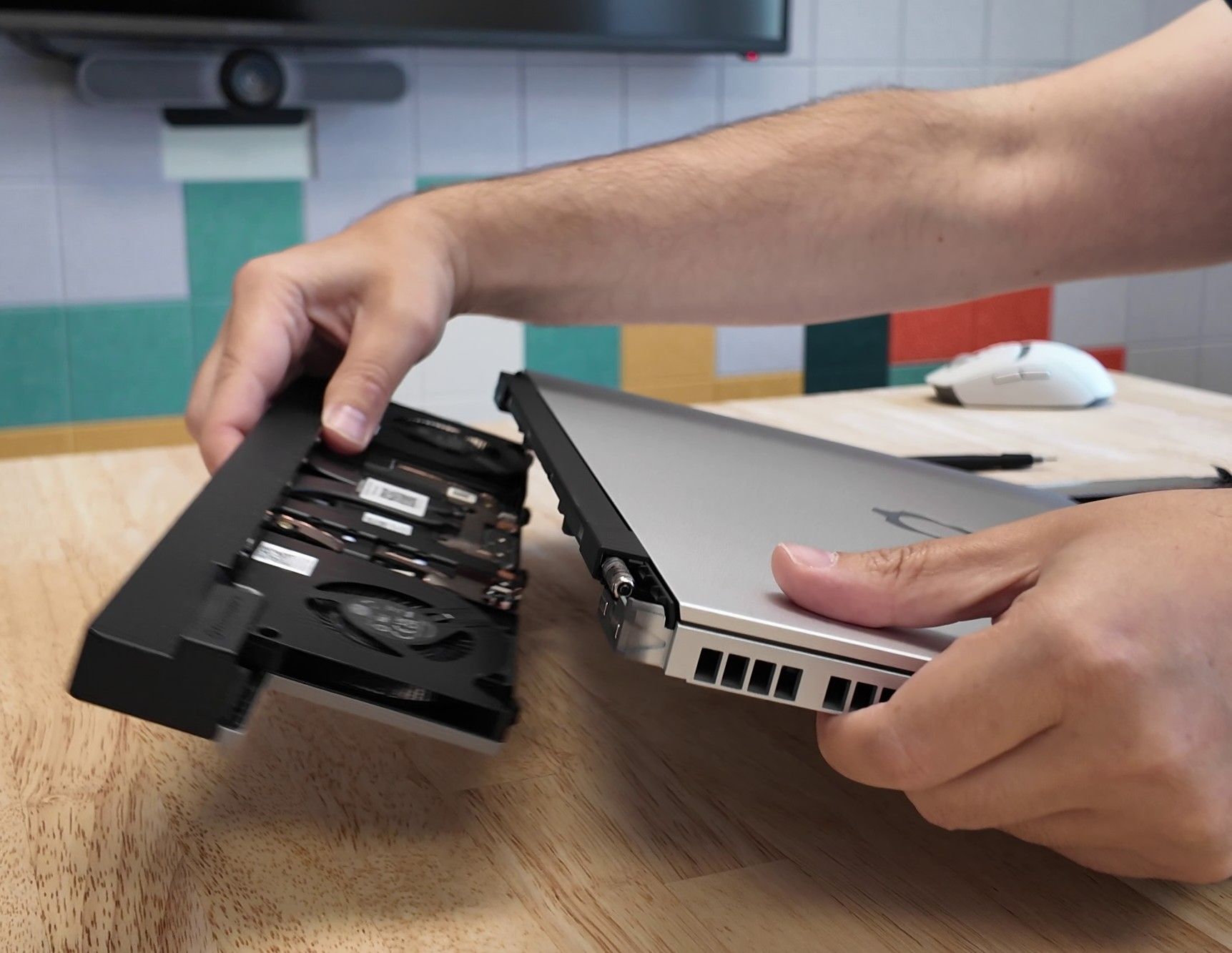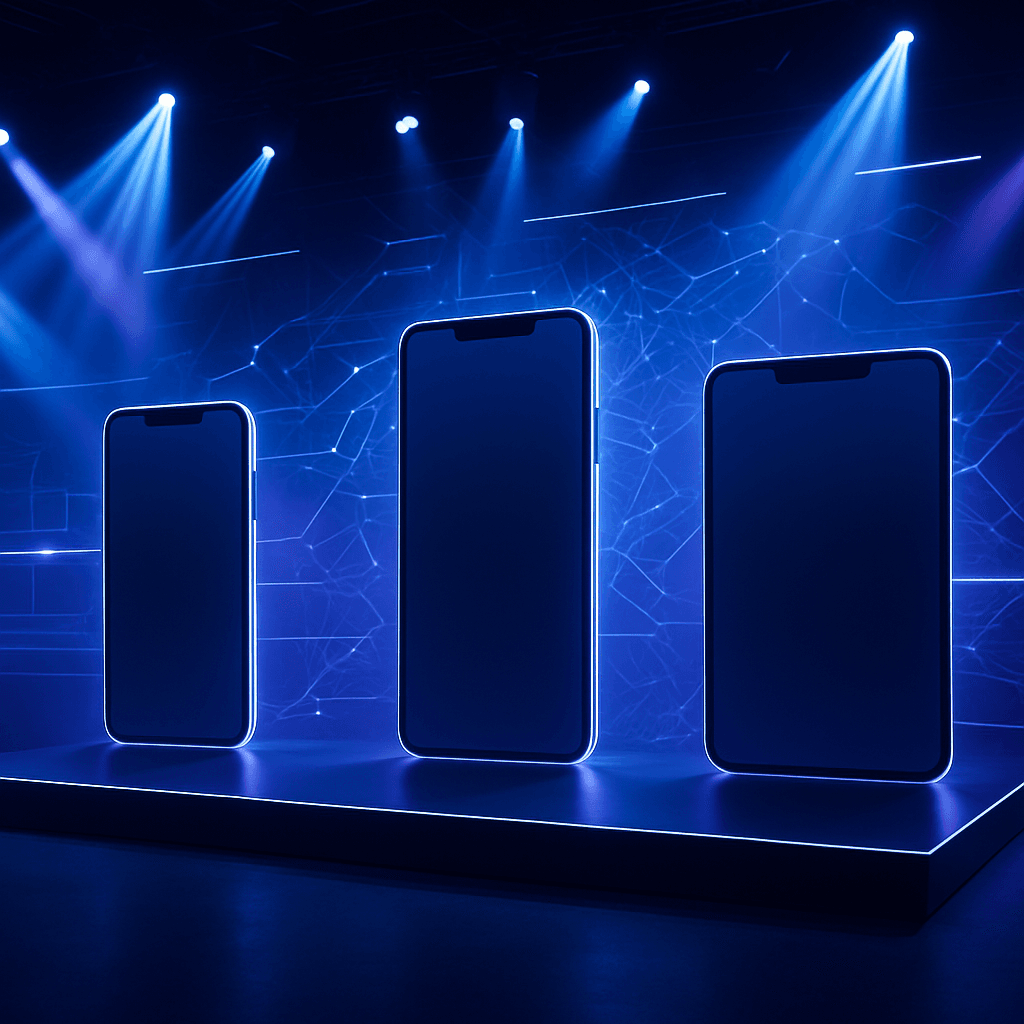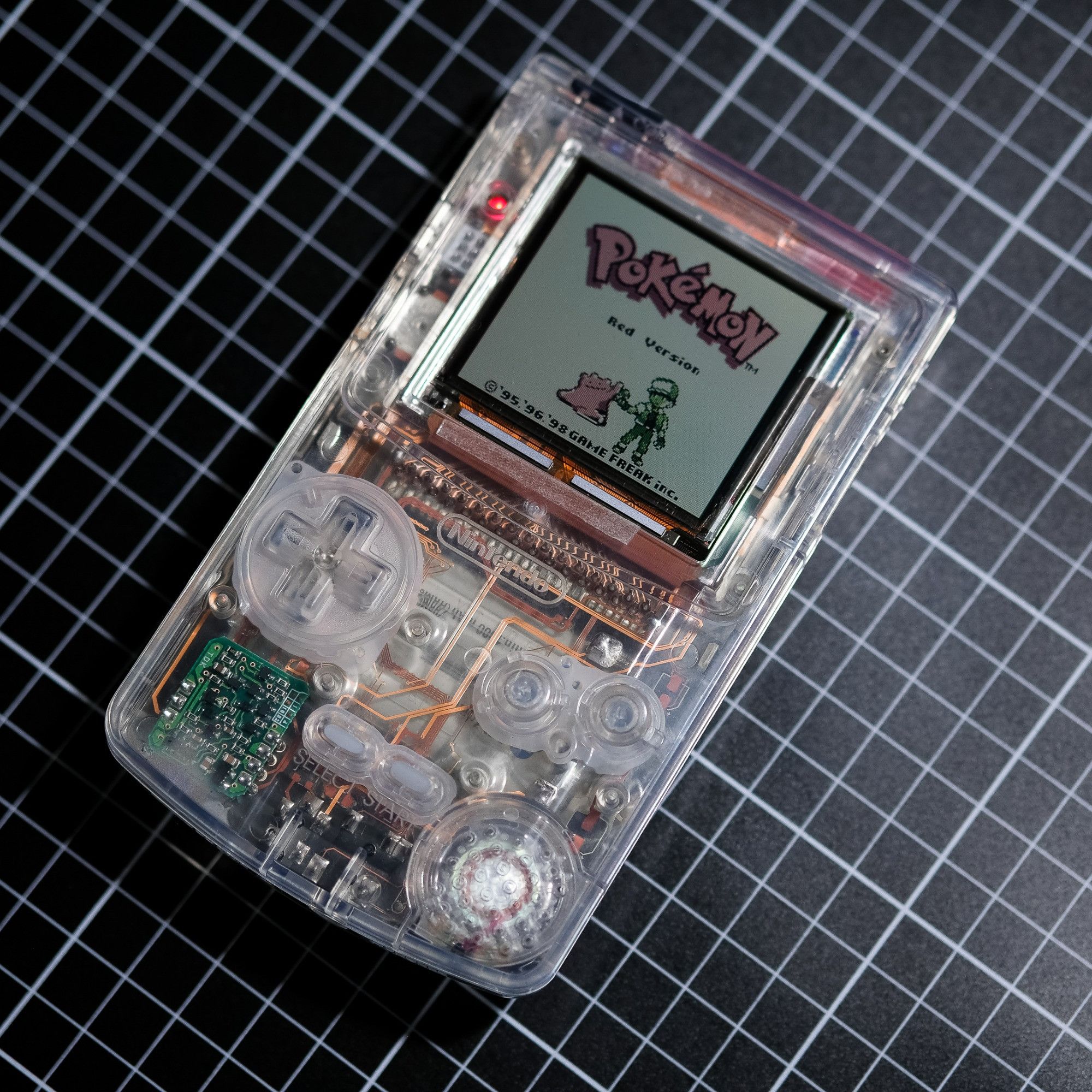Framework just delivered on tech's most elusive promise — a laptop where you can actually swap the graphics card at home. The Verge's Sean Hollister became the first journalist to physically upgrade a Framework Laptop 16's GPU in three minutes flat, yanking out an AMD RX 7700S and plugging in Nvidia's new mobile RTX 5070 with just six screws.
Framework just shattered the laptop industry's biggest lie. For years, companies have promised "upgradeable" gaming laptops, only to abandon users with obsolete hardware and broken promises. Today, that changes — Framework's modular GPU system actually works, and The Verge's Sean Hollister proved it by swapping an entire graphics card in three minutes.
The demonstration took place at Framework's San Francisco headquarters, where Hollister became the first journalist to physically upgrade a laptop GPU from AMD RX 7700S to Nvidia RTX 5070. The swap required just six screws and Framework's included pen-shaped screwdriver — simpler than traditional MXM modules that required technical expertise.
"This is the proof point we've been waiting for," Hollister wrote in The Verge's exclusive coverage. "It's one thing to build a laptop that can swap its graphics card, and another thing entirely to actually get both Nvidia and AMD to deliver upgrades that fit."
The breakthrough arrives with painful historical context. Alienware promised identical functionality with its Area-51m laptop in 2019, marketing upgradeable graphics as the future of gaming. But Dell's gaming division never delivered a single upgrade module, eventually facing customer lawsuits and settling in arbitration after stranding early adopters with non-upgradeable systems.
Framework's success stems from securing actual hardware partnerships. Unlike Alienware's vaporware promises, Framework obtained Nvidia's blessing and engineering support to create modules that physically fit and functionally work in existing laptops. The RTX 5070 upgrade delivers 30-40% performance improvement over the baseline AMD configuration, running games smoothly at 1440p high settings during live testing.
CEO Nirav Patel acknowledged current limitations during Hollister's visit. Existing Framework Laptop 16 owners will need BIOS updates before upgrading, with software patches still in development. The demonstration used a pre-configured system rather than upgrading from scratch, highlighting deployment challenges that remain.
The timing coincides with Framework's broader hardware push. The company simultaneously launched its 240W USB-C PD 3.1 charger, among the first standards-compliant high-wattage adapters reaching market. Hollister's power meter recorded the Framework Laptop 16 drawing over 220W during stress testing while simultaneously charging its battery and connected phones — performance previously limited by inadequate power delivery.



